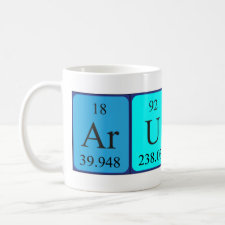
Authors: Plausinaitis D, Sinkevicius L, Samukaite-Bubniene U, Ratautaite V, Ramanavicius A
Article Title: Evaluation of electrochemical quartz crystal microbalance based sensor modified by uric acid-imprinted polypyrrole.
Publication date: 2020
Journal: Talanta
Volume: 220
Article Number: 121414.
DOI: 10.1016/j.talanta.2020.121414
Alternative URL: https://www.sciencedirect.com/science/article/pii/S0039914020307050
Abstract: Uric acid-imprinted polypyrrole-based (MIP(UA)-Ppy) electrochemical quartz crystal microbalance sensor (EQCM) was developed. Experiments and theoretical calculations were focused on molecular interactions between uric acid molecule and: i) polypyrrole imprinted by uric acid (MIP(UA)-Ppy) ii) polypyrrole film without any molecular imprints (NIP-Ppy). Resonant frequency differences during electrochemical deposition of MIP(UA)-Ppy and NIP-Ppy films were observed and were attributed to the phenomenon of molecule capture within formed Ppy matrix. EQCM-resonators modified by MIP-Ppy showed the following advantages: selectivity, qualitative response, cost-effectiveness, and simple procedure. The selectivity of MIP(UA)-Ppy was tested by the replacement of uric acid in the PBS solution with several different concentrations of caffeine and glucose. Langmuir isotherm based molecular adsorption model was applied to evaluate the interaction of MIP(UA)-Ppy with uric acid. From experimental results calculated the standard Gibbs free energy of association (Δ Ga) of uric acid with MIP(UA)-Ppy is -16.4 ± 2.05 kJ/mol and with NIP-Ppy is -13.3 ± 8.56 kJ/mol Δ G values illustrate that the formation of uric acid complex with MIP(UA)-Ppy is thermodynamically more favourable than that for complexation with NIP-Ppy
Template and target information: uric acid, UA
Author keywords: Electrochemical quartz crystal microbalance (EQCM), EQCM-Resonator, polypyrrole (Ppy), molecularly imprinted polymer, Molecularly imprinted polypyrrole (MIP-Ppy), uric acid



Join the Society for Molecular Imprinting

New items RSS feed
Sign-up for e-mail updates:
Choose between receiving an occasional newsletter or more frequent e-mail alerts.
Click here to go to the sign-up page.
Is your name elemental or peptidic? Enter your name and find out by clicking either of the buttons below!
Other products you may like:
 MIPdatabase
MIPdatabase









